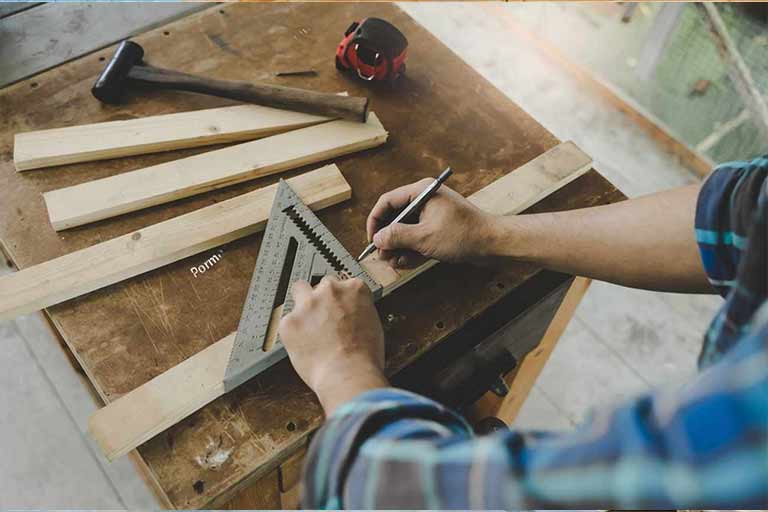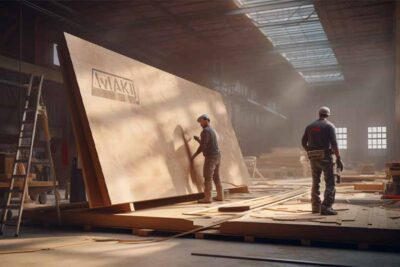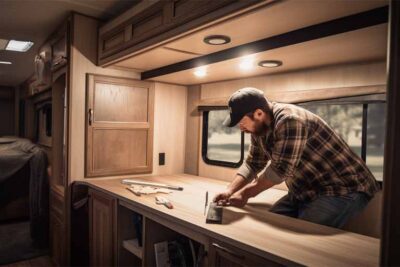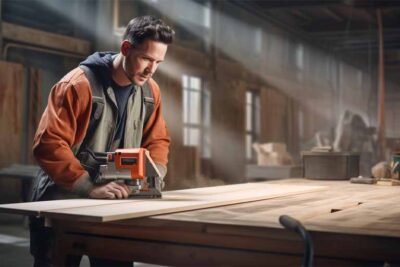
How to Choose the Right Plywood for Your DIY Project?
How to Choose the Right Plywood for Your DIY Project?
Are you in the process of planning a DIY project and are you finding it difficult to decide which type of plywood to choose? You’re not alone! With a wide variety of options available in the market, choosing the right fit for your project can be a daunting task. However, we are here to help you! In this blog post, we will not only guide you through the process of selecting the right plywood for your DIY project but also help you understand the different types of plywood available in the market, their features, and how they can be put to use. By the end of this post, you will have a clearer understanding of which plywood type to choose, and you will be able to make a more informed decision.
Understanding Plywood Grades
Before we dive into the details of which plywood to choose, let’s understand the different plywood grades available in the market. Plywood is graded based on its appearance and quality, with A being the highest quality and D being the lowest. Each grade is further divided into sub-grades, such as A1, A2, B1, B2, etc. The higher the grade, the more expensive the plywood will be.
Exterior vs. Interior Plywood
Plywood can be classified into two types based on its application: interior and exterior plywood. Interior plywood is designed for use in dry and temperature-controlled environments, while exterior plywood is designed to withstand harsh weather conditions and moisture. If your DIY project involves outdoor use, it is recommended that you opt for exterior plywood.
Best Plywood for DIY Projects
Baltic birch plywood is a popular choice for DIY projects due to its high quality and versatile nature. The plywood is made from the finest birch trees, which ensures its smooth surface and excellent durability. Additionally, the material is perfect for painting and staining, which makes it a great choice for various home decor and furniture projects.
Moreover, the plywood comes in different thicknesses, which makes it ideal for a wide range of DIY projects. Whether you are looking to build a bookshelf, a coffee table, or a cabinet, Baltic birch plywood is the perfect material for your needs. Its versatility and strength are unmatched, and it is sure to give your project a professional finish. So why wait? Get your hands on some Baltic birch plywood today and start creating your dream project!
Choosing the Right Plywood for Your Project
When selecting plywood for your DIY project, there are a few factors to consider:
- Plywood Grades: Determine the grade of plywood required for your project. If you are unsure, consult a professional.
- Thickness: Consider the thickness of the plywood required. Thicker plywood is sturdier and more durable, while thinner plywood is more flexible.
- Application: Consider the application of the plywood. If you need plywood for a deck or flooring, opt for film faced birch plywood, hexa flooring or UV coated plywood. If you need plywood for interior use, consider laminated birch plywood, smooth exterior plywood or hexa plywood.
- Budget: Determine your budget and select the best plywood that fits your budget.
Picking a Good Piece of Plywood
When selecting plywood, look for the following features:
- Smooth Surface: The surface of the plywood should be smooth and free from any dents or scratches.
- Straight Edges: The edges of the plywood should be straight and free from any cracks.
- No Gaps: Check for any gaps between the layers of the plywood. The layers should be tightly bonded.
- No Knots: Knots in plywood can weaken its strength. Avoid plywood with knots.
What Thickness Plywood Do I Need?
The thickness of plywood required for your project will depend on the specific application for which it is intended. While it is generally recommended that plywood with a thickness of 1/4 inch to 3/4 inch be used for furniture and cabinet making due to its ability to provide a sturdy base for these types of structures, it is important to consider the specifics of your project before making a final decision. For example, if you are building furniture that will be subjected to heavier loads or frequent use, a thicker plywood may be necessary to ensure the durability and longevity of the piece. Similarly, the recommended thickness for plywood used in flooring varies depending on the intended use of the space. A thickness of 3/4 inch is typically recommended for flooring due to its ability to provide a stable base and withstand heavy foot traffic. However, it is important to take into account the specific requirements of your project and the space in which it will be used when selecting the appropriate thickness of plywood.
In conclusion, selecting the right plywood for your DIY project can seem daunting, but with the right knowledge and understanding of plywood grades, application, and features to look for, it can be a seamless process. If you need further assistance, SFK Plywood, a plywood wholesale supplier, is here to help. Contact us through our website or call us to learn more about our film faced plywood, plywood slats, patterned plywood, and other plywood products.






